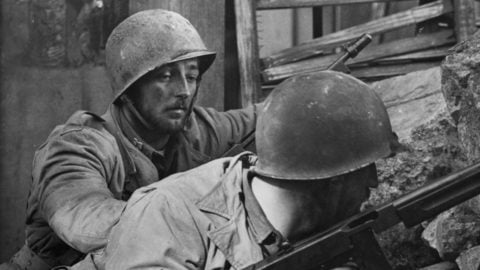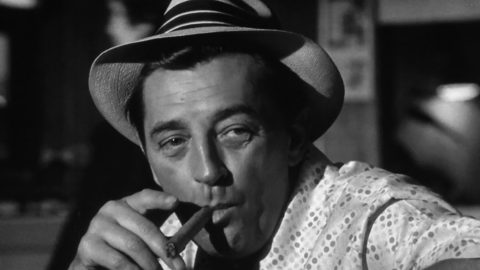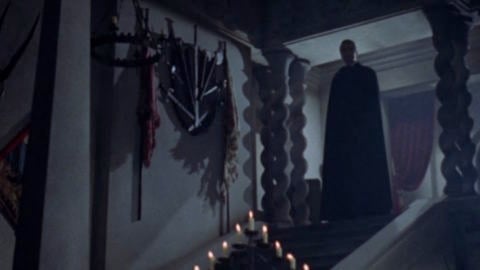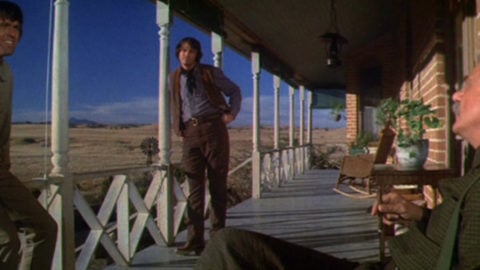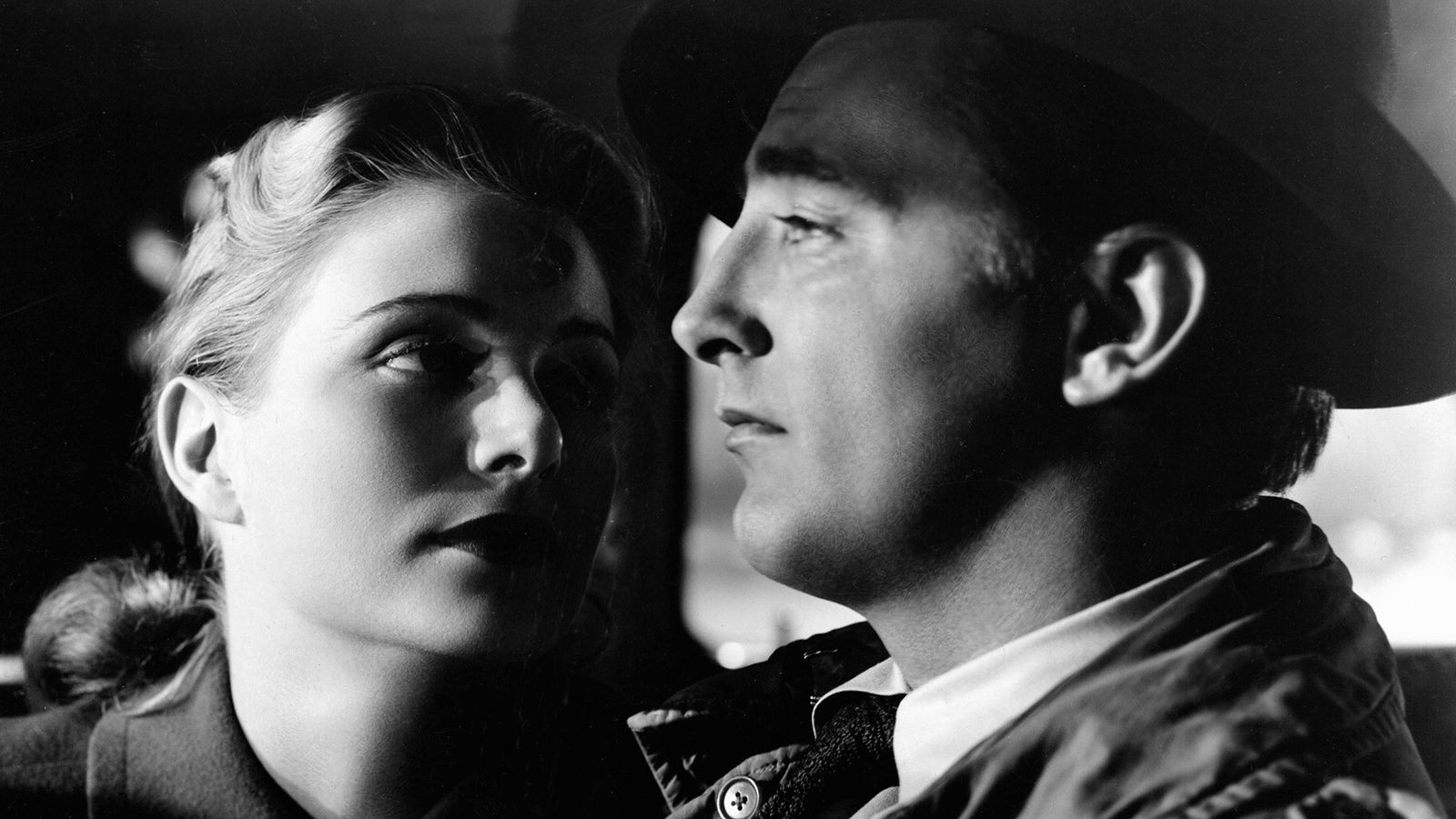
Nightcrawler
The cinema of Jacques Tourneur comes back to me in pieces, dissolved but for the few bits that bob to the surface of the mind, sometimes the same ones, sometimes different. In a conversation on Tourneur’s works, Pedro Costa, an admirer, once commented: “They have a strange quality of . . . films that seem to generate some kind of oblivion inside of them. You tend to forget parts.” This isn’t a matter of the movies themselves being forgettable, though—very far from it—or of otherwise undistinguished industrial product being redeemed by a few stray grace notes, those little stylistic touches through which the auteur of cinephile lore would mark his territory. Rather, there is something in Tourneur’s films that has the quality of a familiar tune half heard from a distant room; even encountered for the first time, they have the poignancy of fogged memories. Out of the Past (1947) doesn’t lack for plot involutions, but what lingers is the geometry of Mitchum’s face shining from the dark of a sedan parked on the shoulder of a rural route, the meeting on a Mexican beach festooned with fisherman’s nets between Robert Mitchum and Jane Greer, and the intimacy and quietude of their odd banter. (“I didn’t know you were so little.” “I’m bigger than Napoleon.”)
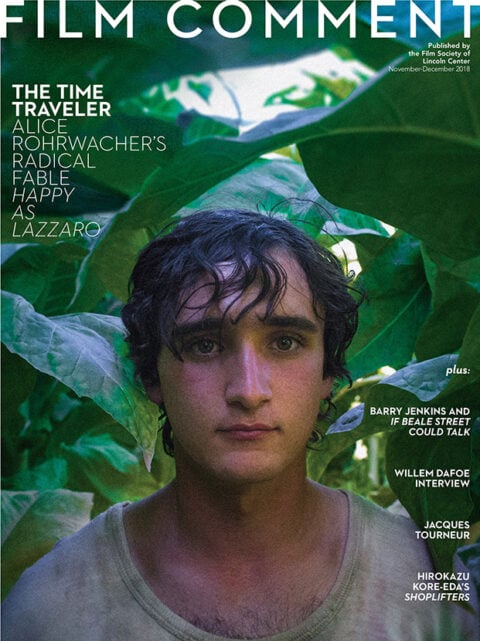
Tourneur, appropriately, comes down to us in fragments as well. He died in 1977, but left nothing like the stock of myth-building interviews bequeathed by, say, Howard Hawks or Jean Renoir, both of whom died at around the same time. Never in his lifetime did Tourneur attract anything like the esteem accrued by those slightly older men, but even if hordes of graduate students wielding tape recorders had descended on his retirement home in Bergerac, France, in the Périgord region where his wife had been raised, it is hard to imagine that they would have taken away much from the experience, for Tourneur was notably shy, and not much of a raconteur. He can be seen in a French television interview, aired posthumously in 1979, a pink, jowly, rotund, content-seeming bourgeois in a black sweater, praising Walt Disney and issuing such profundities as “Cinema is an escape.” Even in his Hollywood heyday he was remembered as a modest, retiring type, an avid fisherman whose fishing buddies knew little of his career, though behind that reserve was a feeling for beauty that, at least fleetingly, got the hook into every film that he made.
Tourneur was born in France on November 12, 1904, but spent no small part of his youth in the United States. When in 1914 Jacques’s father, Maurice, a director for the Éclair production company, traveled to the U.S. to head their studio in Fort Lee, New Jersey, the family followed soon after, and in four years moved west with the developing industry, in which Tourneur père was, for a time at least, a conspicuous success, both artistically and financially. Jacques attended Hollywood High School, where he was a grade above Joel McCrea, later the lead in his Stars in My Crown (1950), and when his father returned to France in 1926, he stayed behind, a naturalized American citizen. After a short stint as a stock player at MGM, Jacques rejoined Maurice for a time to be his assistant director and begin his own filmmaking career, which he would parlay into work in America, and though he spent the last decade of his life in the land where they revere their aging auteurs, he was a man of both Old World and New. He spoke English, it is said, with nary a trace of an accent, and was addressed sometimes on set as “Jack Turner,” but he remained decidedly French in his gastronomy. His love for drink in excess—one of the few aspects of his personal life there is much testimony on—is a trait, like love of liberty, that binds Franco-American friendship. His great, late film Night of the Demon (1957), starring his friend and fellow toper Dana Andrews, may be the finest motion picture ever made by two knee-walking drunks.
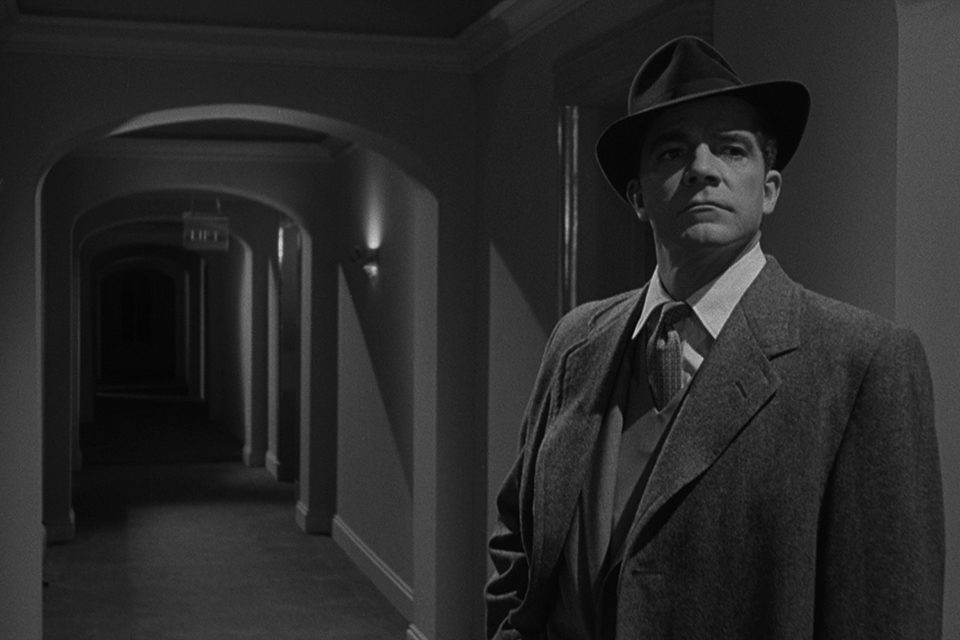
Night of the Demon
There were still some memorable moments left in him, but Night of the Demon was Tourneur’s last wholly satisfying film, arriving at the tail end of a catch-as-catch-can career that had produced horror movies, Westerns, thrillers, swashbucklers, one hard-to-classify picturesque rural drama (Stars in My Crown), and, if truth is to be told, whatever he was paid to put a hand to. That Tourneur was not known to be choosy about his material has somewhat inhibited the case for him as an artist of the first class, at least according to the criteria of auteurdom, though there is also a chicken-and-egg question: a director who succeeds with a certain kind of material is likely to wind up handling more of the same, even if it didn’t originate with them, and this success may indicate affinity just as well as any concerted pursuit of subjects. An artist’s work can be shaped by long-existing obsessions, but so can the discoveries made in the course of work foster new preoccupations—though listen to enough of the dialogue around directorial personalities and you may get the impression that nothing that happens in an artist’s life after the age of adolescence makes much difference and that, say, Hitchcock didn’t have a single experience that outdid the time his daddy had him thrown in the slammer while he was still in short pants.
Let us return, then, to the case of Night of the Demon, in which Andrews plays a skeptical American who, visiting London for a parapsychology convention, finds himself trying to wrap his rational mind around the wholly unexplainable phenomenon of some cursed runes on a slip of parchment that, if lore is to be believed, may end his life if not passed along. Tourneur was brought onto the project by independent producer Hal E. Chester, but his earlier connection to Val Lewton’s horror unit at RKO Studios in the early 1940s certainly would have recommended him for the gig. If Tourneur didn’t have an interest in the occult and supernatural occurrences before directing Cat People (1942), he became a self-styled expert on these matters; by the end of his career, he was working on an unrealized movie about a wealthy American who planned to use cutting-edge technologies to search for spectral presences in a haunted house in England called Whispering in Distant Chambers (a spectacularly apt title for a filmmaker with a pronounced penchant for long perspective shots).
Another recurring aspect of Tourneur’s cinema represented in Night of the Demon was the curious, sometimes clumsy communication in transatlantic relationships, internalized in the director’s double identity as Jack Turner/Jacques Tourneur. Andrews’s character’s trip was presaged by that of Ray Milland’s Yank businessman in Circle of Danger (1951), in which the protagonist arrives in the U.K. to investigate the circumstances surrounding the death of his brother in a commando raid in Brittany at the outset of World War II. One of Tourneur’s most undervalued films, Experiment Perilous (1944), set in New York City in the year before the director’s birth, develops an almost Jamesian polarity between European suavity and decadence, represented by Paul Lukas’s Austrian expat millionaire, and American innocence, embodied, curiously enough, by the Vienna-born Hedy Lamarr. Even as sympathies are complicated, the dichotomy remains much the same in Tourneur’s best-known film, Cat People. Made under the auspices of creative producer Lewton—the job title, in this case, actually fits—the movie follows the meet-cute and troubled marriage between Kent Smith’s self-described “good plain Americano” Oliver and Simone Simon’s Serbian émigré Irena, who, despite her new husband’s blandishments and self-satisfied reassurances, remains quite convinced of the reality of the race of were-cats from her ancestral folklore, and the possibility that she may be one herself.
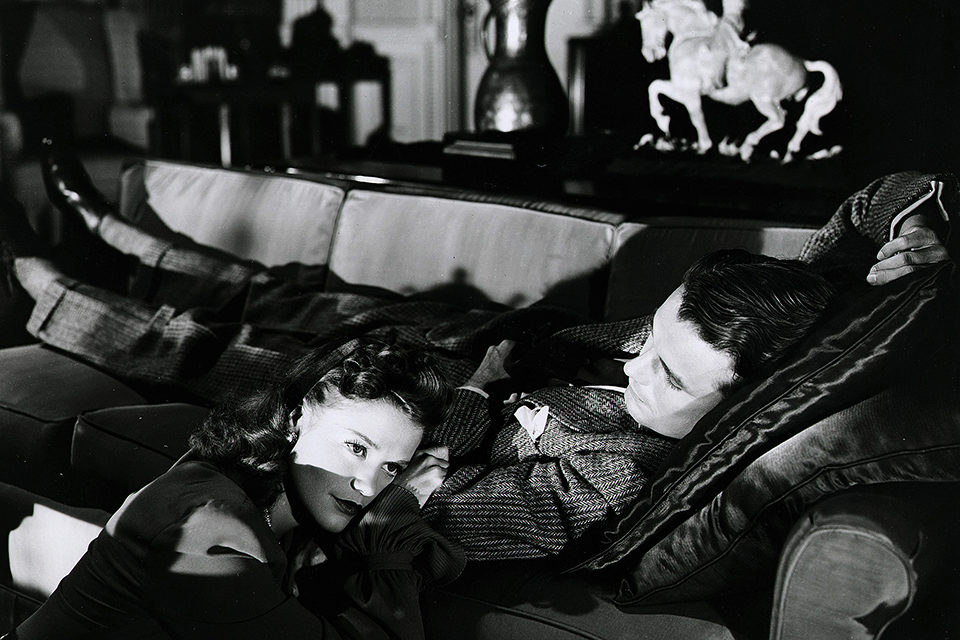
Cat People. Photo: RKO/Kobal/REX/Shutterstock
Oliver is a firm, hearty handshake in human form. He is a man who, after being denied connubial comforts at length, launches into a monologue that is almost touchingly callow and pathetic coming from a grown man: “You know, it’s a funny thing, I’ve never been unhappy before…” He is hale and sunny and wholly unaccustomed to Irena’s natural, nocturnal habitat: “I like the dark,” she tells him as he sits in her apartment’s parlor after they’ve passed most of a day together. “It’s friendly.”
Tourneur’s own fondness for dark places, and in particular the gloaming hour, has been much commented on—Chris Fujiwara’s essential book on the director and his films is, not for nothing, sub-titled The Cinema of Nightfall. Our man even made a movie called Nightfall, released in the U.S. in 1957, from a then-10-year-old novel by the Philadelphia-born pulp writer David Goodis, whose interest in solitary, fate-harassed protagonists made him spiritual kin to the director. Economical and haunted, the film is the result of one of those confluences of talent that still routinely happened in the waning days of the studios: gritty bon mots courtesy of screenwriter Stirling Silliphant, crystalline black-and-white photography from Burnett Guffey, a bewitchingly blue Anne Bancroft, a menacingly chipper double act from heavies Brian Keith and Rudy Bond, and broad-shouldered bruiser Aldo Ray at his most tender, pitching a throaty soliloquy to the descending dusk: “You don’t know how many times I’ve stood here and watched it get dark. I know how every shadow falls.”
Tourneur might not have written the words, but he had some part in getting them out. Too many fine, understated performances occurred under his watch for this to be entirely a coincidence—Mitchum, for example, has rarely ever been as good as he is in Out of the Past, and the subtlety of the line readings in Tourneur’s films matches that of his more widely discussed delineation of light and shadow. (Even Tourneur’s editing seems to be accomplished with a certain softness, a finesse—the cuts pat rather than pop.) And then there are those fillips, the touches that I fancy belong to Tourneur and Tourneur alone. In the opening of Nightfall, at a newsstand in downtown Los Angeles, Ray’s character, homesick and hunted, is told they don’t stock his hometown newspaper—“No call for Evanston!”—just before he flinches at the city lights blinking to life, the neon inducements to a nightlife that he’d better steer clear of if he knows what’s good for him, strolling away as the opening credits roll and Al Hibbler, crooning the title song, sings “You’re my poem of nightfall, dear.” Later, Bancroft and Ray’s Marie and James take an overnight bus bound for snowy Wyoming together, and the trip provides easily the loveliest vision of Greyhound travel in cinema, with her caressing his stubble and an instrumental rendition of “Red River Valley” playing on someone’s transistor radio. Tourneur might not have been responsible for everything good and bad in his pictures—how often can this be said to be true?—but there was little doubt that he knew something ineffable about generating mood, knew how every shadow fell.
Even skeptics will grant Tourneur his talents as a generator of atmosphere and images, his compositional genius comparable to that which his father showed in his finest work, like 1918’s The Blue Bird. Andrew Sarris, in a sympathetic but atypically wide-of-the-mark entry in The American Cinema, credits the director with the qualities of “pictorialism” and “French gentility.” Setting aside the essentialist qualities of this statement—in general we will accept that a subway driver or a microbiologist who takes American citizenship at age 30 is American, while the filmmaker who becomes a citizen at 15 remains somehow hopelessly French until death—it is curious to refer to the director of some of the most dreamy, disorienting, and disturbing passages in 1940s American cinema as though he were a supremely civilized dab-handed watercolorist turning out impressions of springtime in Provence. Take, for example, when in the Lewton-produced I Walked with a Zombie (1943) Nurse Betsy (Frances Dee), exploring a tower on the property of her sugar-plantation-owner employers, the Hollands, is suddenly paralyzed with fear and backed into a corner by the statuesque, mute, expressionless mistress of the house (Christine Gordon); or when those same two women, later, following a succession of cryptic markers, are tracked by a lateral camera through a sea of sugar cane, to finally arrive at mute, blindly staring black sentry (Darby Jones), and the site of a voodoo ritual.
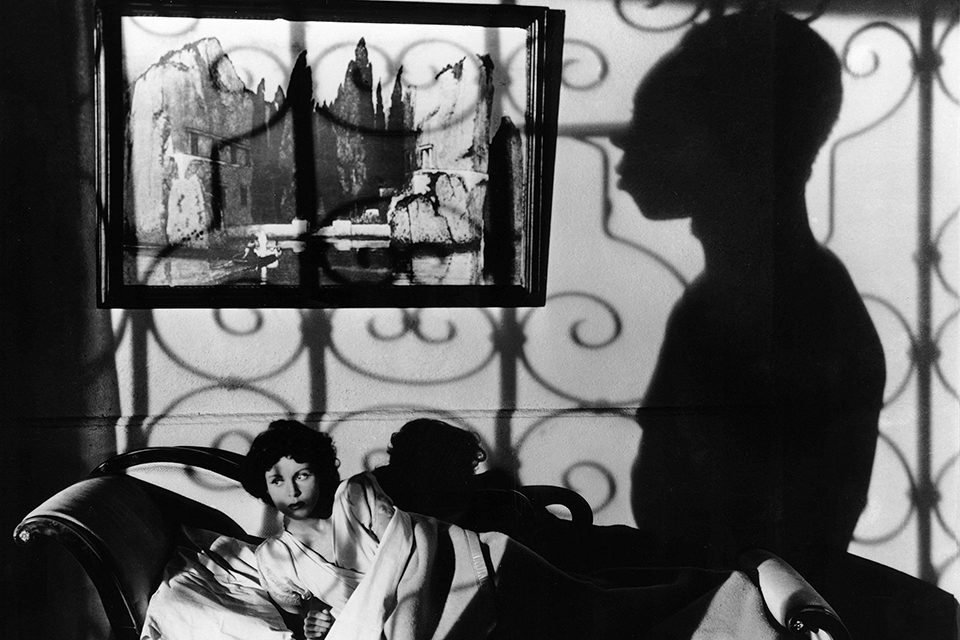
I Walked with a Zombie. Photo: RKO/Kobal/REX/Shutterstock
If Tourneur seemed less than properly American, it is perhaps because he was not properly complacent, as a filmmaker, in maintaining Hollywood’s conspiracy of complicity with the assumptions of white supremacism and silence toward race prejudice. I Walked with a Zombie begins with the nurse’s travel to and arrival at the fictional Caribbean island of Saint Sebastian. A black coachman, driving her from the port, relates the history of the island, including the arrival of his own ancestors “chained to the bottom” of an enormous boat chartered by the Hollands, the local first family. “They brought you to a beautiful place, didn’t they?” says Betsy. Replies the coachman, with something less than the requisite gratitude: “If you say, Miss. If you say.” The Leopard Man (1943) concludes with a Penitente Parade commemorating the conquistador slaughter of indigenous peoples, and its action is set in motion when a pair of white showfolk working in a majority Hispanic town in New Mexico, a singer (Jean Brooks) and her manager (Dennis O’Keefe), decide to incorporate a live leopard into her act, and irresponsibly, unwittingly, become the first, feckless link in a chain of events that leads to the violent death of a poor Mexican-American girl.
Lewton, whose interest in issues relating to race is well documented, is often cited as the source for the “socially conscious” material in these films—I’m employing scare quotes because the material relating to race, history, and contemporary power structures, as present in them, rarely offers anything in the way of a coherent narrative of oppression and triumphant human dignity, but are more like dunk-tank drops into free-floating guilt and anxiety. Evil is very real, but often a miasmic presence; blame is shared, and a lone culprit is impossible to single out. Cause and effect, key to any responsible sociological charting of interrelationships, is not the primary principle in Tourneur’s narratives, which are less a matter of “because this happens, this happens” than “this happens and then this happens and then this happens…” When Tourneur’s films are spoken of as being “dreamlike,” or as predecessors to the logic-averse Italian giallo, this is perhaps the quality that is being referred to—the same quality of burrowing onward, ever onward, grinding through narrative tissue to leave behind the “oblivion” that Costa speaks of.
If Lewton’s influence was crucial in shaping I Walked with a Zombie and The Leopard Man, certainly Tourneur had feelings of his own in these matters—how else to explain the episodic post–Civil War picture Stars in My Crown, an outlier in Tourneur’s career as a project that he actively fought to make, and a movie in which race hate plays a crucial role? In a key scene, a lynch gang in Klansman hoods prepare to string up an elderly black farmer, Famous Prill (Juano Hernandez), who has refused to sell his land to the local mining potentate, and are only dissuaded when McCrea’s preacher character uses the pretext of a bogus will to remind the assembled men of Famous’s many kindnesses to them. McCrea reads the heart-softening bequest in an Uncle Remus–like “Negro” dialect, and what unfolds is at once maudlin, squirm-inducing, and tremendously moving.
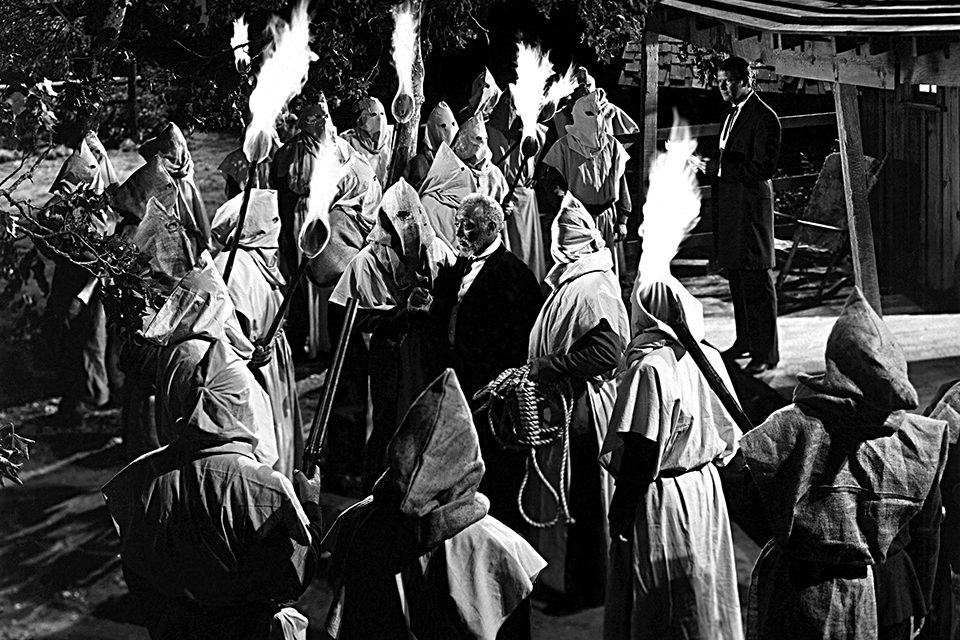
Stars in My Crown
Stars in My Crown opens with a piece of voiceover narration that, in its wistful, nostalgic phrasing and positioning of the film as a recollection of childhood places from the vantage of adulthood, consciously apes John Ford’s How Green Was My Valley (1941), though here the scene of lost innocence—if you want to call it that—has changed from Wales to the Podunk town of Walesburg; McCrea’s preacher is first seen winning over his congregants with a pair of six-shooters. It’s a cowboy movie image, and indeed McCrea also starred for Tourneur in 1955’s Stranger on Horseback, one of several Westerns that the director made, with easily his finest work in the genre being his first, the 1946 Technicolor production Canyon Passage—a film as memorable for its evocation of lonesome after-hours life in pokey Jacksonville, Oregon, as for any of the big-sky type of stuff, or star Dana Andrews wandering the sun-dappled northwestern woods.
Tourneur would soon enough be a wanderer himself, moving between projects and producers. When his RKO contract ended in 1948, he would travel as far afield for work as the Pampas plains and nearby mountains for Way of a Gaucho (1952), maybe the most wholly visually exquisite film he ever made, paid for with 20th Century Fox funds that’d been frozen in Argentina by the Peronist government. The film has a sort of soft-edged pastel quality, captured by Harry Jackson, an otherwise undistinguished DP who’d previously made the superior buccaneering jape Anne of the Indies (1951) with Tourneur. When working with either a great cinematographer like Guffey or any number of lesser-known journeymen, Tourneur maintained consistent ideas about lighting his pictures—his interiors established visible light sources and very consciously incorporated them in blocking, his exteriors used no corrective fill to undo nature. This lends the light and freshness to the plein-air passages of Way of a Gaucho, exemplified in the moment when a runaway rich girl (Gene Tierney) awakens on matted grass to shoot a look of love at her gaucho savior (Rory Calhoun), standing his full height on his horse’s saddle to survey the plains.
The work of a pictorialist, then, but a man whose sometimes smeared, soft-edged images could cut right through you. Tourneur’s preference for natural light makes him seem “modern” today, but since we’re not lacking for modernity, something more invites us to watch and rewatch these films. His delicacy, far from an agent of enervation, is the very source of tension in these margin-walking works that exist on the edge, at the threshold separating day from night, shadow from light, and us from an enigma that is just beyond remembering.
Closer Look: The Film Society of Lincoln Center’s retrospective Jacques Tourneur, Fearmaker runs December 14 to January 3.
Nick Pinkerton is a regular contributor to Film Comment and a member of the New York Film Critics Circle.



